Everyone should know these stories!
In 1979, the Three Mile Island reactor
nearly exploded because a safety valve malfunctioned. The plant, located in Pennsylvania, was considered to be one of the safest reactors in existence and yet it could have been the site of one of the worst nuclear power plant accidents in history. Nuclear technology has an intrinsic risk associated with it. As the Three Mile Island example shows, it is impossible to predict all possible sources of danger when it comes to nuclear technology.
It is often said that more people die in car accidents than due to radiation from accidents at nuclear power plants. Yet, while a single car accident can affect a few families, an accident with nuclear technology can destroy a city, contaminate a country, and even affect huge portions of a continent. The effects of radiation contamination can haunt survivors for the rest of their lives and affect the following generation. Risk cannot be judged simply by comparing number of lives lost.
Below are descriptions of a few accidents involving nuclear technology that have often been forgotten or ignored. Consider the impact these incidents had on the population and the environment and think about how many of them could have been even worse if it weren't for luck.
GOIANIA ACCIDENT
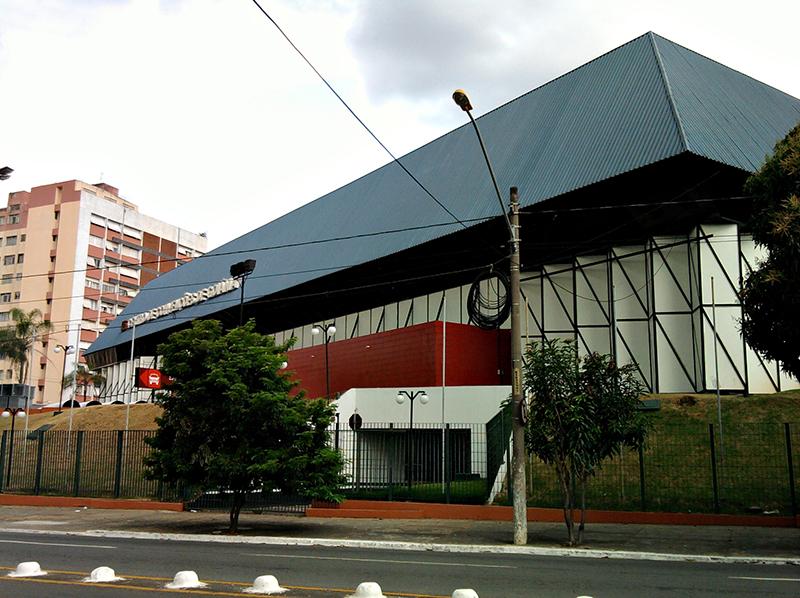
This accident occurred in the late 1980s, in the state of Goiás, in Brazil. An old radiotherapy machine, which had been left in an abandoned rural hospital, was found by trash collectors and taken to a scrap yard. The employees at the scrap yard, not knowing what the machine was used for, took the machine apart and the pieces were sold to several different buyers. The owner of the scrap yard, who opened the equipment’s capsule which contained cesium, thought the powder looked curious because it glowed in the dark, so he took it home to show his wife and gave samples away to family members and friends. The family members with higher doses of contamination quickly showed symptoms but it took several days for the cause to be diagnosed.

The first four victims died about a month later and had to be buried in lead coffins due to their high levels of contamination. Although the official report only considers these first four victims to be casualties of the accident, other studies indicate that between 60 and 80 people died as a result of the accident, over 200 were contaminated and thousands were exposed to the radiation. These numbers include civilian residents, fire fighters, police, and military officials that worked on site. Over 900 residents received treatment due to contamination, and in order to decontaminate the area approximately 6000 tons of material was collected, among it clothing and utensils from the residents of an already impoverished area. This accident, caused by only 19 grams of radioactive material, is considered to be a level 5 incident on the International Nuclear Event Scale.
Read more about Goiania here.
RADIOTHERAPY ACCIDENTS
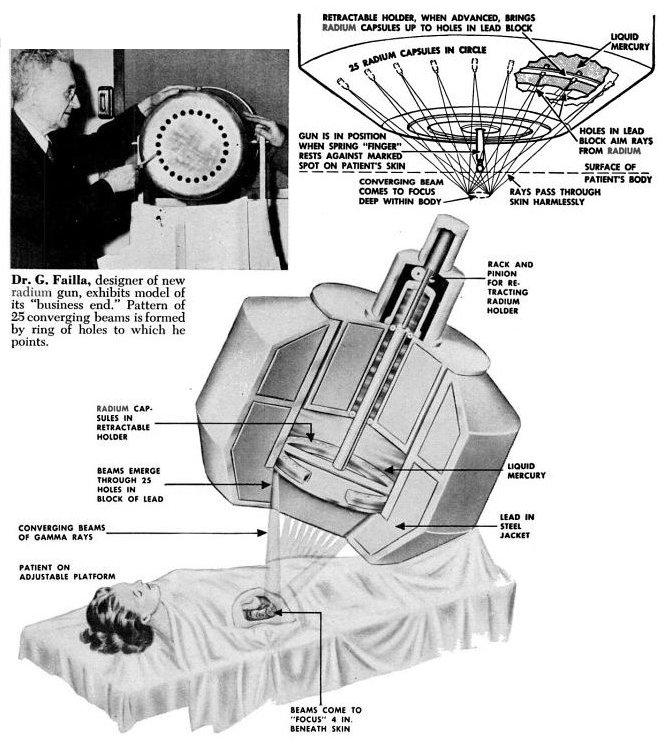
There have been many radiotherapy accidents over the years, from Spain to Costa Rica, and even in the United States. In Costa Rica, because of a mistake made when calibrating a machine, 115 patients received radiation overdoses. In the Columbus radiotherapy accident, which occurred in the Ohio between 1974 and 1976, a machine was calibrated based on an incorrect decay curve, which lead to increasing rates of overexposure. Ten deaths and 78 injuries were attributed to overexposure.
Read more about accidental overexposure of radiotherapy patients in San Jose, Costa Rica here.
THULE ACCIDENT
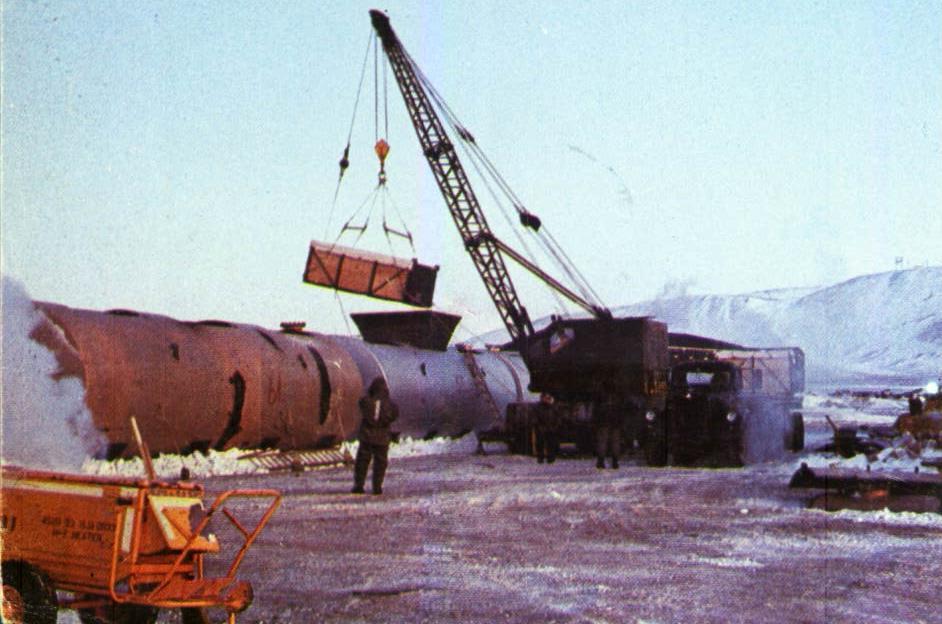
An example of an aircraft accident involving nuclear weapons. In 1968, a U.S. bomber was carrying four hydrogen bombs when a fire in the cabin led to an emergency evacuation. Some of the bomb components exploded, adding radioactive material to the flames from the aircraft’s fuel. The aircraft crashed into the North Star Bay in Greenland, leading to widespread contamination of the area.
Read more about the Thule Accident here.
CASTLE BRAVO
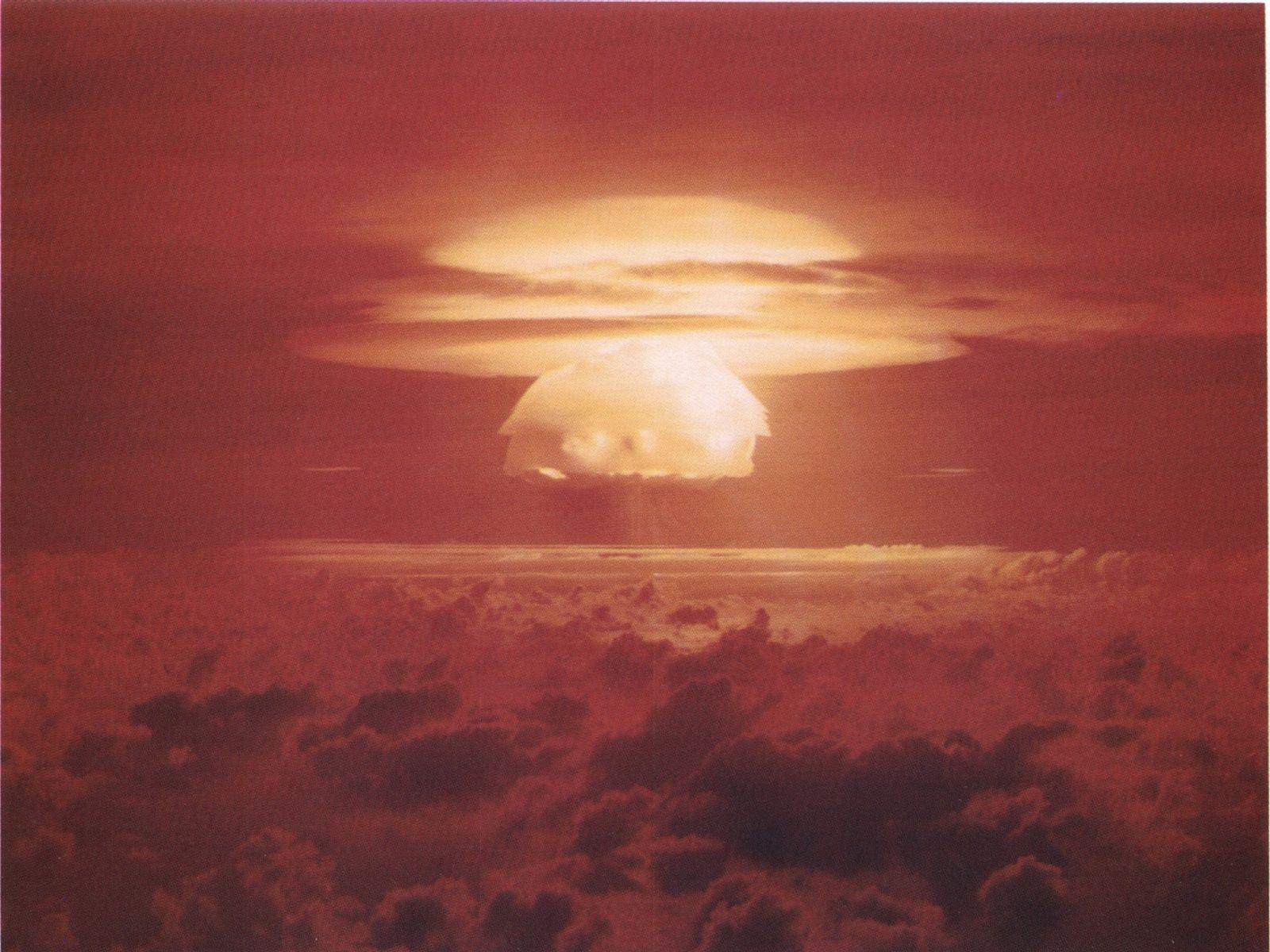
During a nuclear weapons test, the U.S. military detonated a thermonuclear hydrogen bomb with an expected yield of up to six megatons. The bomb ended up having a 15 megaton yield, affecting a much larger area than had been predicted. It reached inhabited islands that had not been evacuated before the test, and a Japanese fishing boat was also directly contaminated. The incident led to much international commotion and a strong reaction from the Japanese, who once again found themselves victims of U.S. nuclear weapons. The incident was settled with the United States paying compensation to the victims.
THE THREE MILE ISLAND ACCIDENT
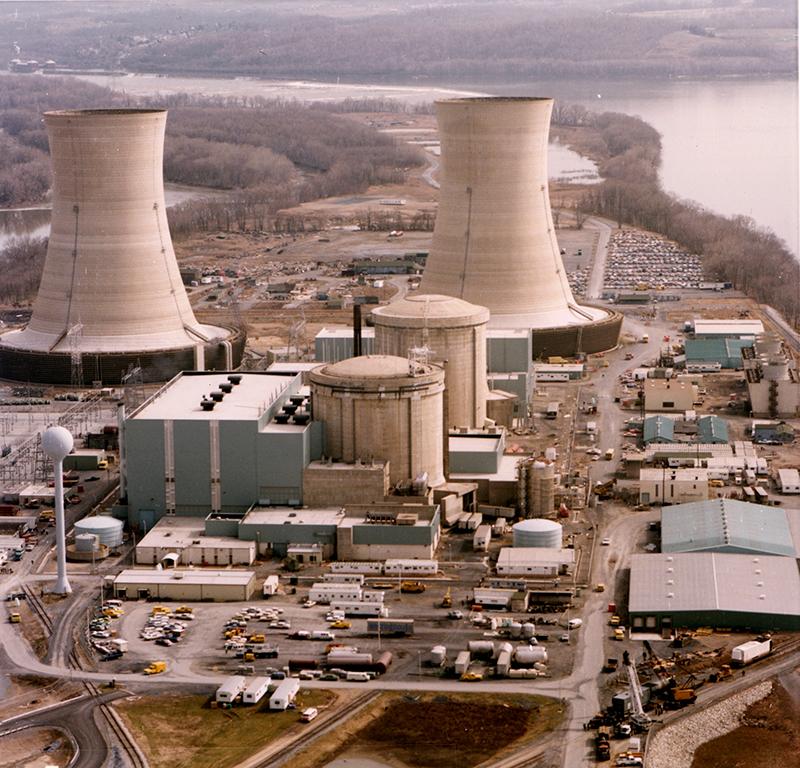
On March 28th, 1979, the main feedwater pumps stopped working, pressure increased, and a relief valve opened just as it was supposed to. However, the valve did not close when it should have, steam continued to escape, and even more water was lost. No explosion occurred, but radioactive water spilled within the building, fuel was damaged, and some radioactive material was released into the atmosphere.
Read more about the Three Mile Island Accident here.
These accidents have provoked changes in policy and technological advances. Yet, while they are unlikely to be repeated, we cannot claim to have identified all possible sources of risk and error. We can work to reduce the risks associate with nuclear technology, but doing so has a cost, and we will never be able to entirely eliminate the risk. This is not to say that we must necessarily avoid nuclear technology. Nuclear technology, like almost all other forms of technology, has a great potential to both benefit and harm society. In the Goiania Case, while one machine ended up leading to the contamination of an entire community, radiotherapy saved thousands of lives every year. Therefore, it is necessary to determine whether or not the intrinsic risk of nuclear technology is outweighed by the benefits provided by this technology.
Related Media:
Learn more about how each country views nuclear energy: Germany, France, and India.
Bibliography:
Ferreira, Walter M., and Manoel M.O. Ramos. "Goiânia Public Risk Perception After 25 Years." Comissão Nacional De Energia Nuclear(n.d.): 1-12. IAEA.org. International Atomic Energy Agency. Web. 2 July 2014.
Garwin, Richard, and Georges Charpak. Megawatts and Megatons. Chicago: University of Chicago Press, 2002. 170 - 205
Nénot, Jean-Claude. "IOP science." Radiation accidents over the last 60 years. N.p., 18 August 2009. Web. 1 Aug 2012. p. 312.
Robert, Johnston. "Johnston's Archive." Columbus radiotherapy accident, 1974-1976. N.p., 23 September 2007. Web. 1 Aug 2012.

